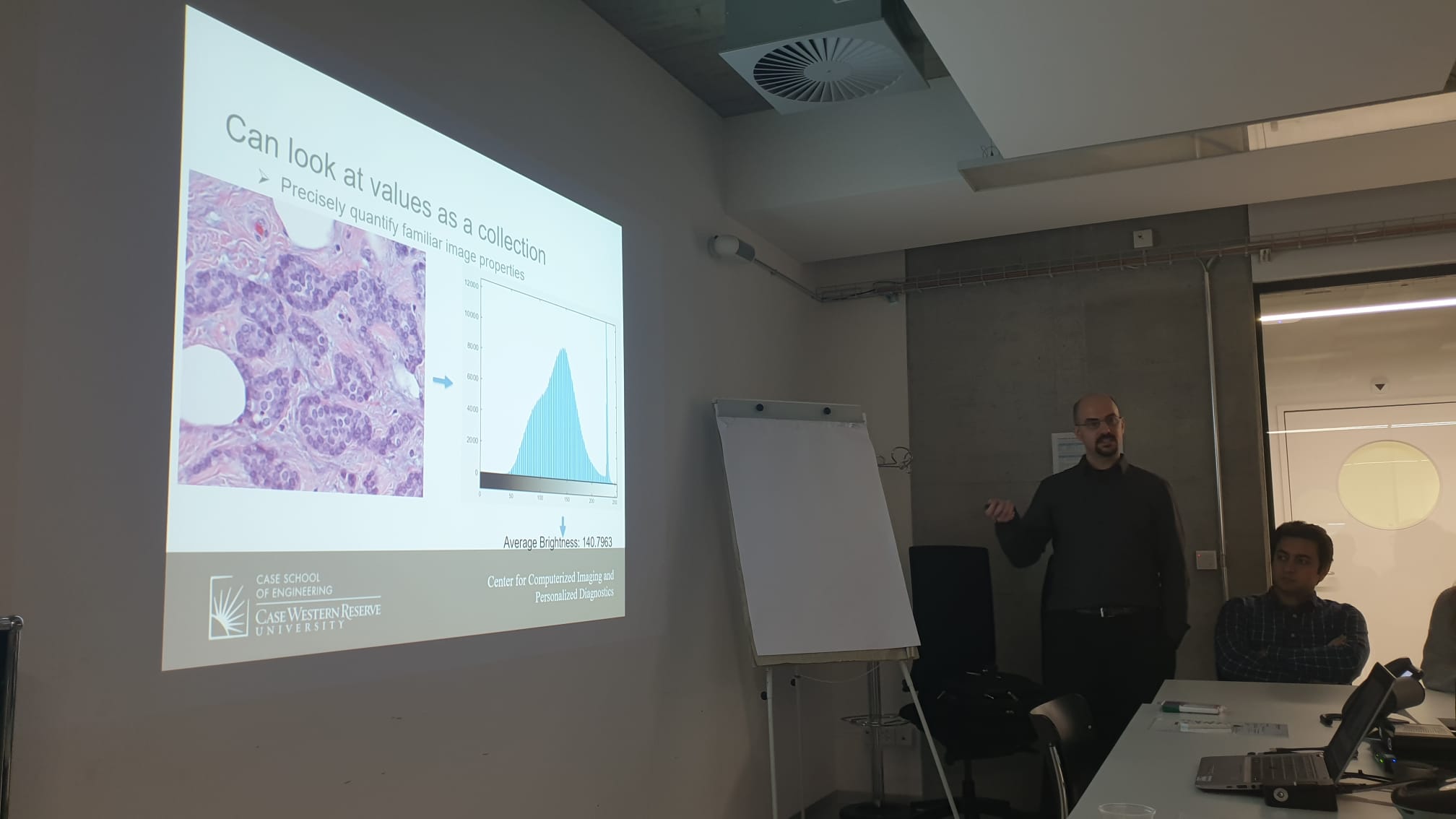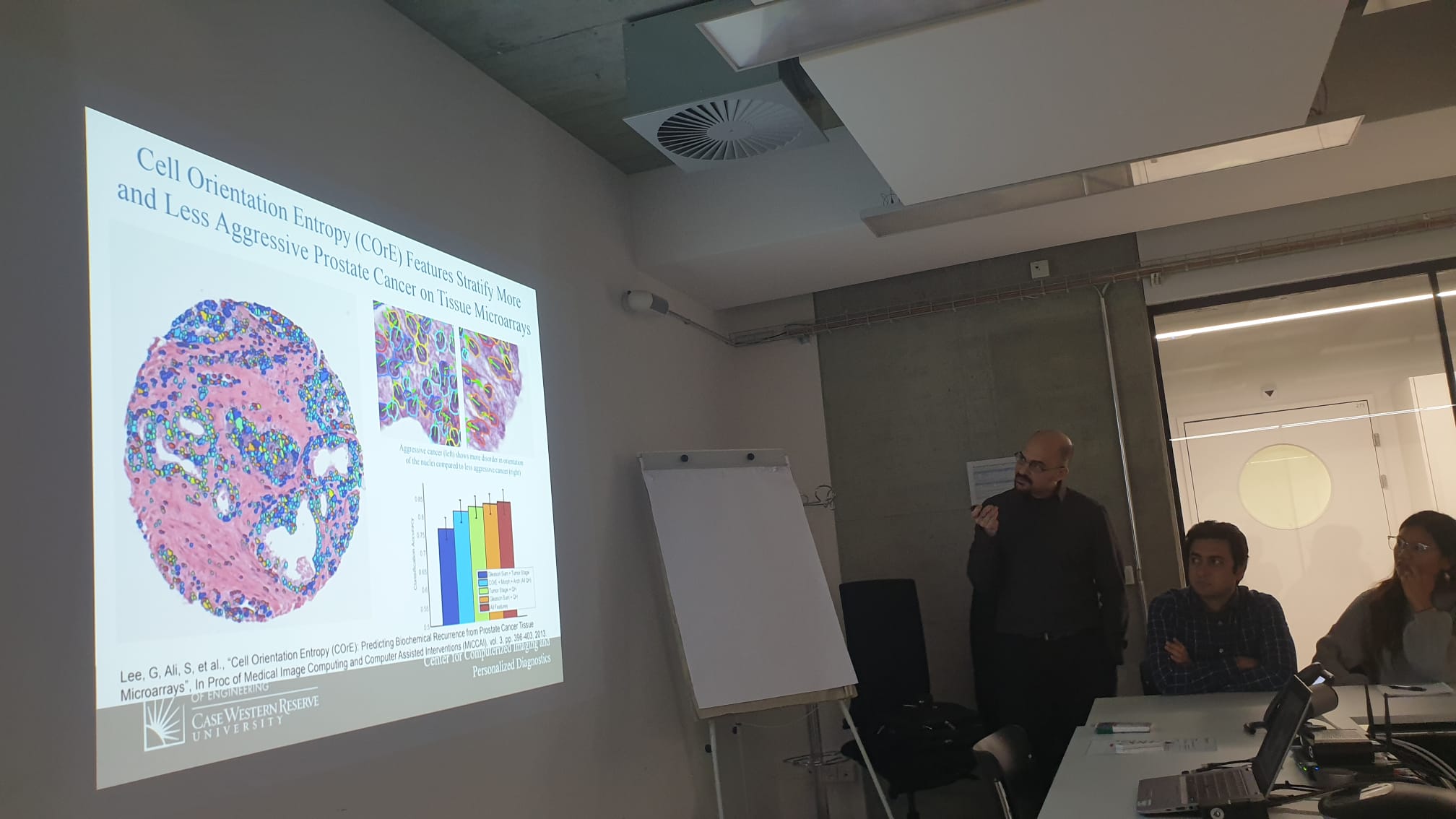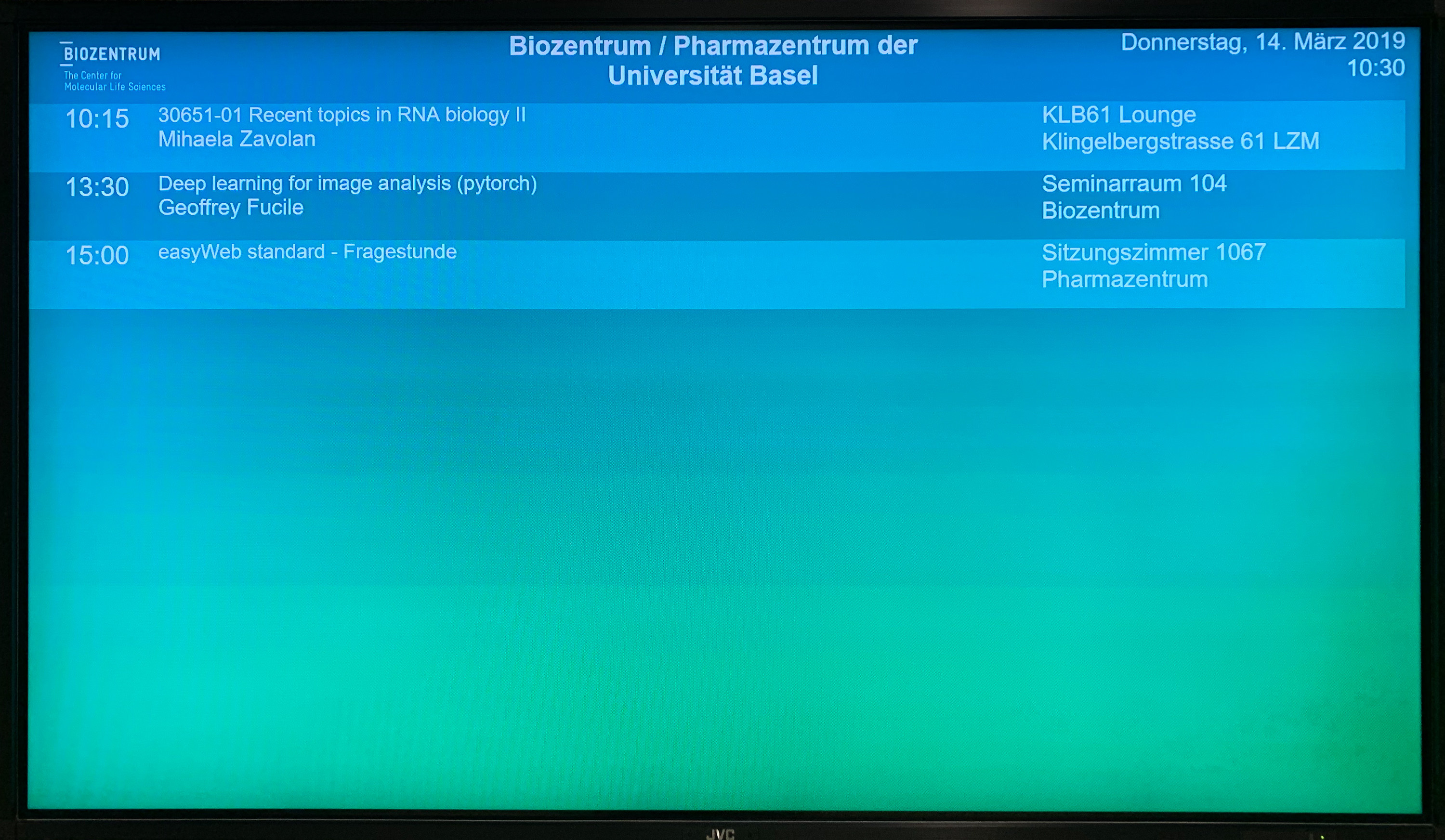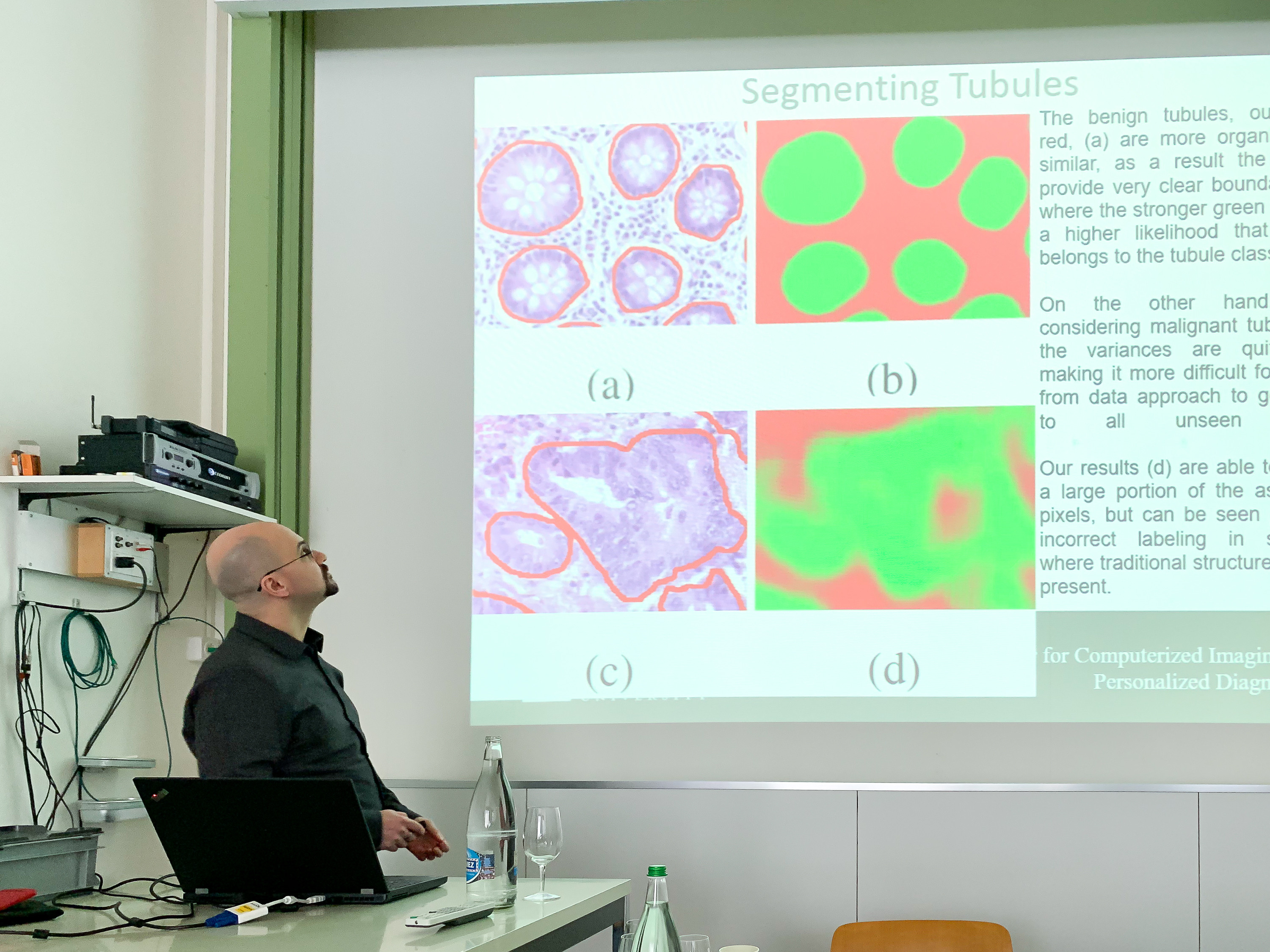Many digital pathology tools (e.g., our quality control tool, HistoQC), employ Openslide, a library for reading whole slide images (WSI). Openslide provides a reliable abstraction away from a number of proprietary WSI file-formats, such that a single programmatic interface can be employed to access WSI meta and image data.
Unfortunately, when smaller regions of interest, or new images, are created in tif/png/jpg formats they no longer remain compatible with OpenSlide. This blog post discusses how to take any image and convert it into an OpenSlide compatible WSI, with embedded metadata.
Continue reading Converting an existing image into an Openslide compatible format

















